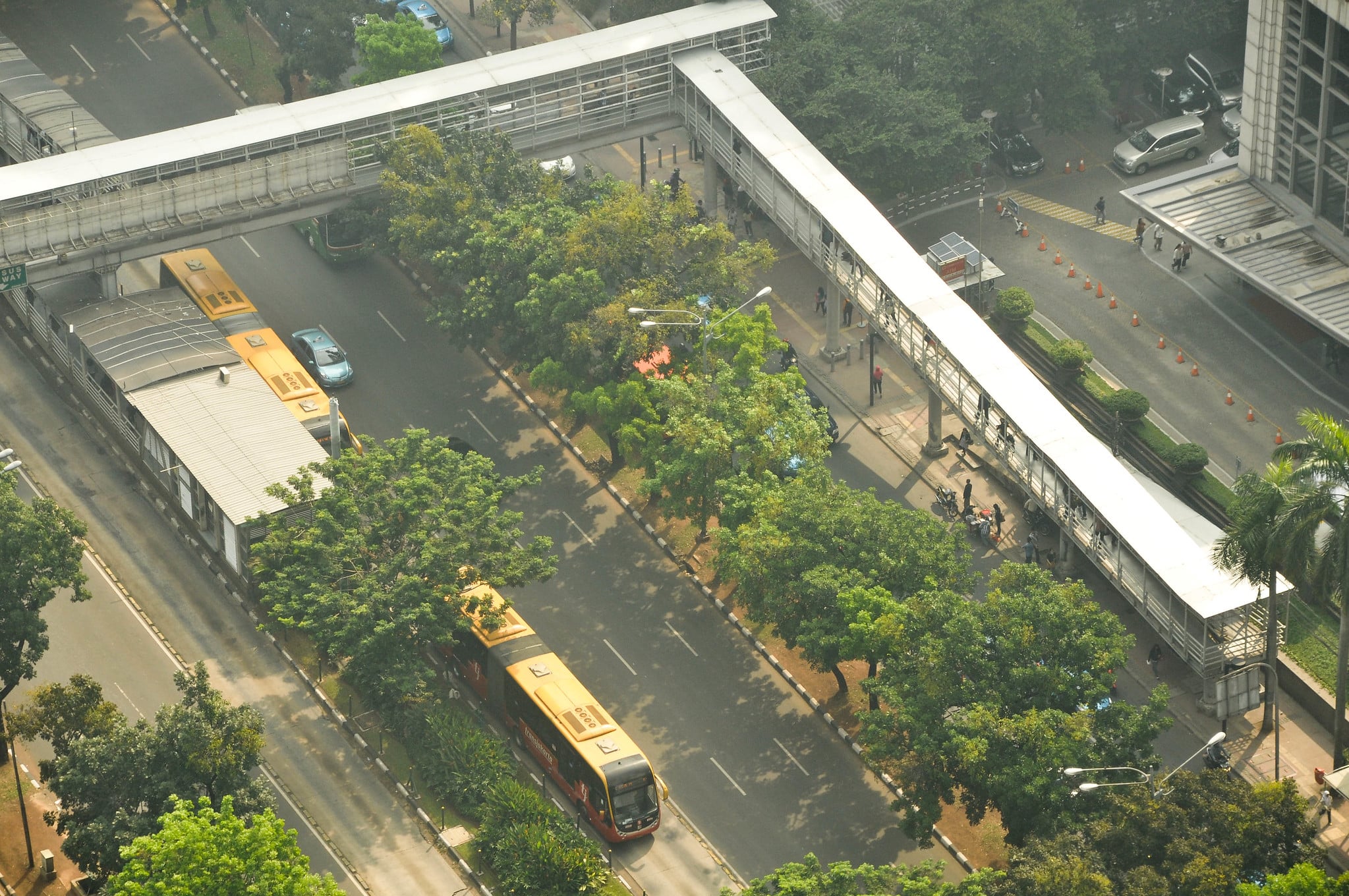A lush botanical garden. A quiet pocket park along a mall. Tall, old trees in a schoolyard. Small sanctuaries like these make up urban, or “inner” forests. These trees and forests sustain resilient, healthy and livable cities. How can city planners and other stakeholders understand, steward, and expand thriving urban forests in their cities?
This guide covers the basics of successful urban forest management. Identify the groups that are essential to effective urban forest stewardship at multiple scales. Explore some of the plans, policies and regulations that cities can use to maintain, strengthen and expand urban forests. Finally, draw inspiration from cities around the world and the practices that helped them achieve their urban forest goals.
This Learning Guide is a work in progress. Please help us improve by submitting feedback.
What are some of the plans, policies, regulations, and institutional arrangements that cities can use to maintain, strengthen, and expand urban forests?
City- and community-level leaders, urban planners, government and NGO officials, and other decision-makers and stakeholders involved in the planning, implementation, and management of urban forests.
After this guide, the user will be able to:
- Define urban forests
- Understand why urban forests are important to creating healthier, more livable cities
- Identify key stakeholders and interventions relevant to urban forests at multiple spatial scales and levels of government
- Explain the importance of integrated city planning and policy actions to conserve, manage and expand the city’s urban forests
- Draw inspiration from a sampling of international “good practices” to meet multiple goals and objectives across the city












